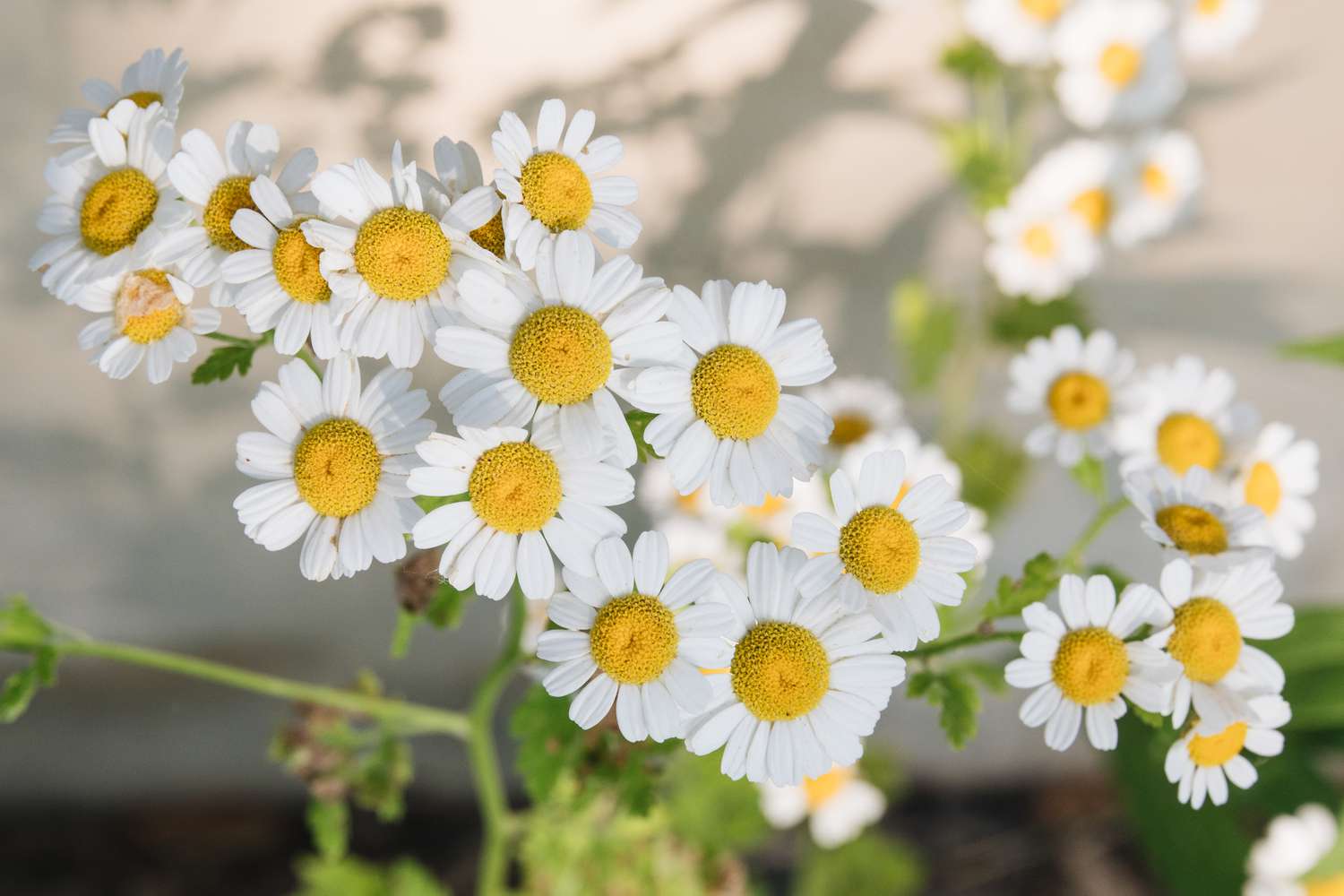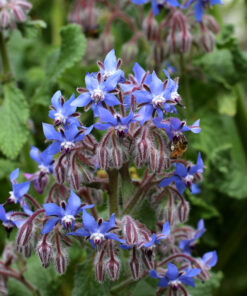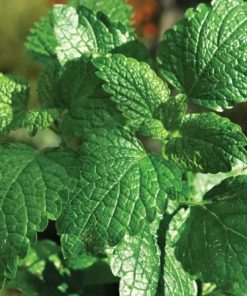German Chamomile Seeds Herb pack of 30 seeds
₹65.00
In stock
SKU: germanchamomile
Category: Herbs Seeds
How to Grow German Chamomile Seeds in Indian Climates
German Chamomile Seeds Introduction
German chamomile or Matricaria chamomilla is a well-known herb that is used for medicinal as well as aromatic use. It is suited for temperate climate, but with proper maintenance, it can be grown in India as well. Since climatic conditions are diverse in India, it becomes essential to identify the type of environment it would be best to cultivate.
| Number of seeds | 30 |
|---|---|
| Sowing month | Feb to Nov |
| Harvest | 45 to 75 days |
| Sun | Full Sun |
| Sowing Temperature | Day time above 25C |
Ideal Climate and Soil
German chamomile is cold-resistant and grows well in 15°C to 25°C temperature. It can be well grown in the winter season of India, i.e., from October to February. It requires sandy loam with a proper drainage system, 6.0 to 7.5 pH, and slightly acidic to neutral. Addition of organic compost in the soil keeps the crop healthy and productive.
Sowing and Germination
German Chamomile Seeds are tiny and need light to germinate. Plant them not deep but on the soil surface and cover with a very thin layer of soil. Plant them thinly, just enough to keep the soil moist, and no more. Allow 7 to 14 days’ time for seeds to germinate into seedlings. To achieve maximum production, repot each plant in 8 inch pot
Water and Sun Requirements
Moist moderately watered, excessive water leads to fungal disease. Let soil dry between watering intervals.Chamomile is full sun but half-day shade is acceptable. Move plant in shade during May june.. Tomato Arya grows well with german chamomile
German Chamomile Seeds Pest and Disease Control
The most common pests that infect chamomile are whiteflies, aphids, and thrips. Use neem oil as pesitice and insecticide. Fungal infection, powdery mildew and root rot is is common disease.
German Chamomile Seeds Harvesting and Drying
Chamomile flowers are also ready to harvest when they are fully open along with having a very fragrant odor. Scissors cutting or hand harvesting prevents the breaking of soft flowers. Dry them in an open ventilated dry area so that their oils remain intact. Proper drying is what makes them good drugs and also keeps them fresh for a longer time duration.
Conclusion
German Chamomile Seeds is very simple to cultivate in India if properly planned, particularly during winters. Through judicious selection of soil, irrigation schedule, and pest management, farmers can yield a healthy and fruitful crop of chamomile.
| Color | White |
|---|---|
| Germination Level | Easy |
| Growth Pattern | Up right Straight |
| Hybrid or Open Pollinated | Open Pollinated |
| Ideal location | Full sun |
| Origin Country | India |
Be the first to review “German Chamomile Seeds Herb pack of 30 seeds” Cancel reply
You must be logged in to post a review.













Reviews
There are no reviews yet.